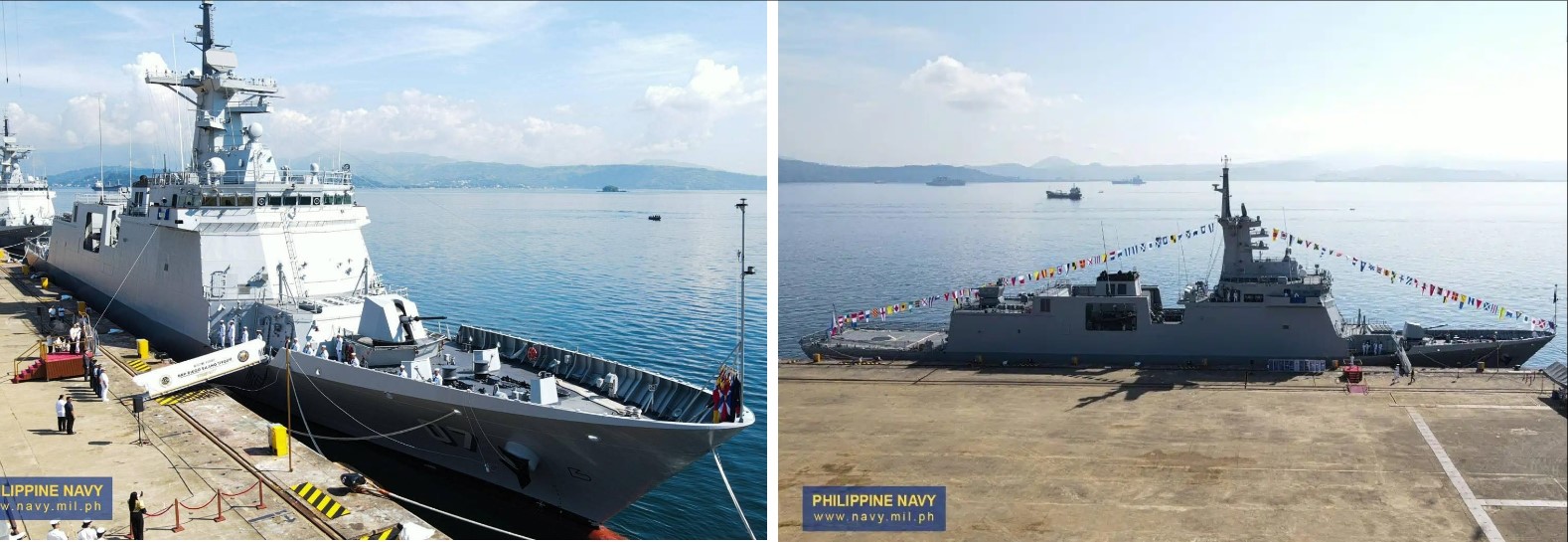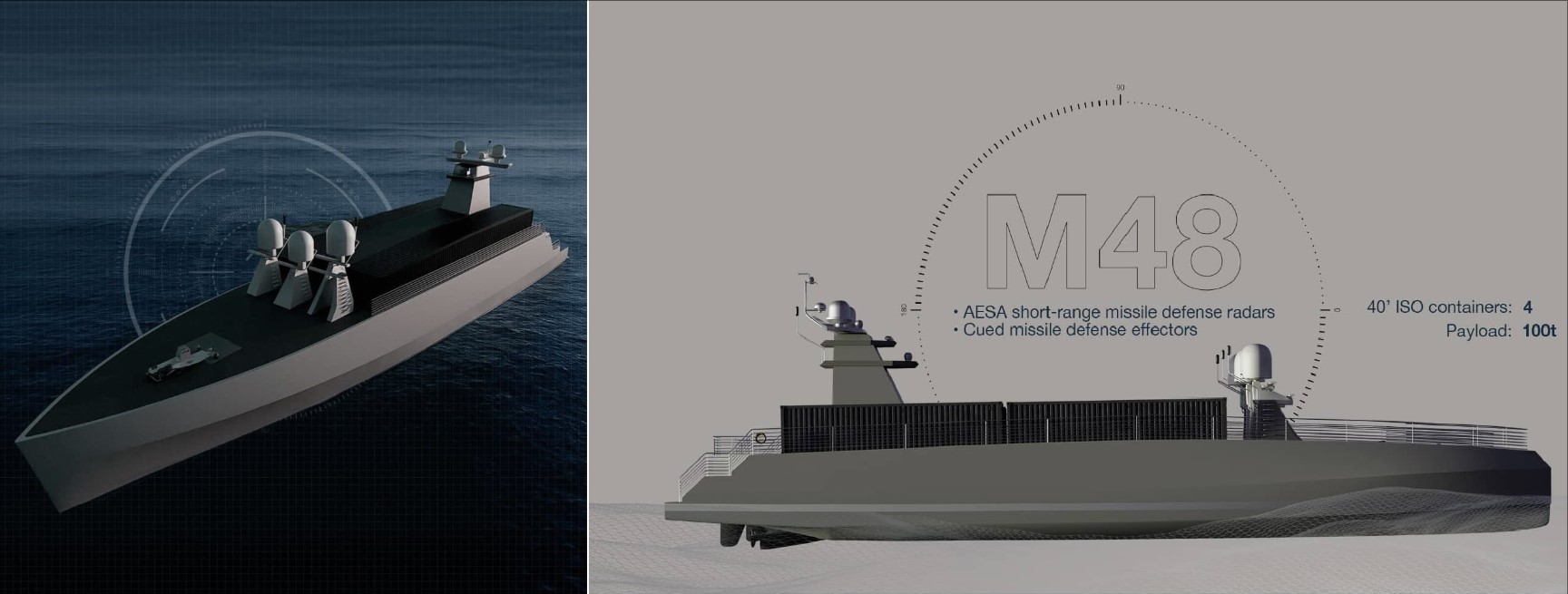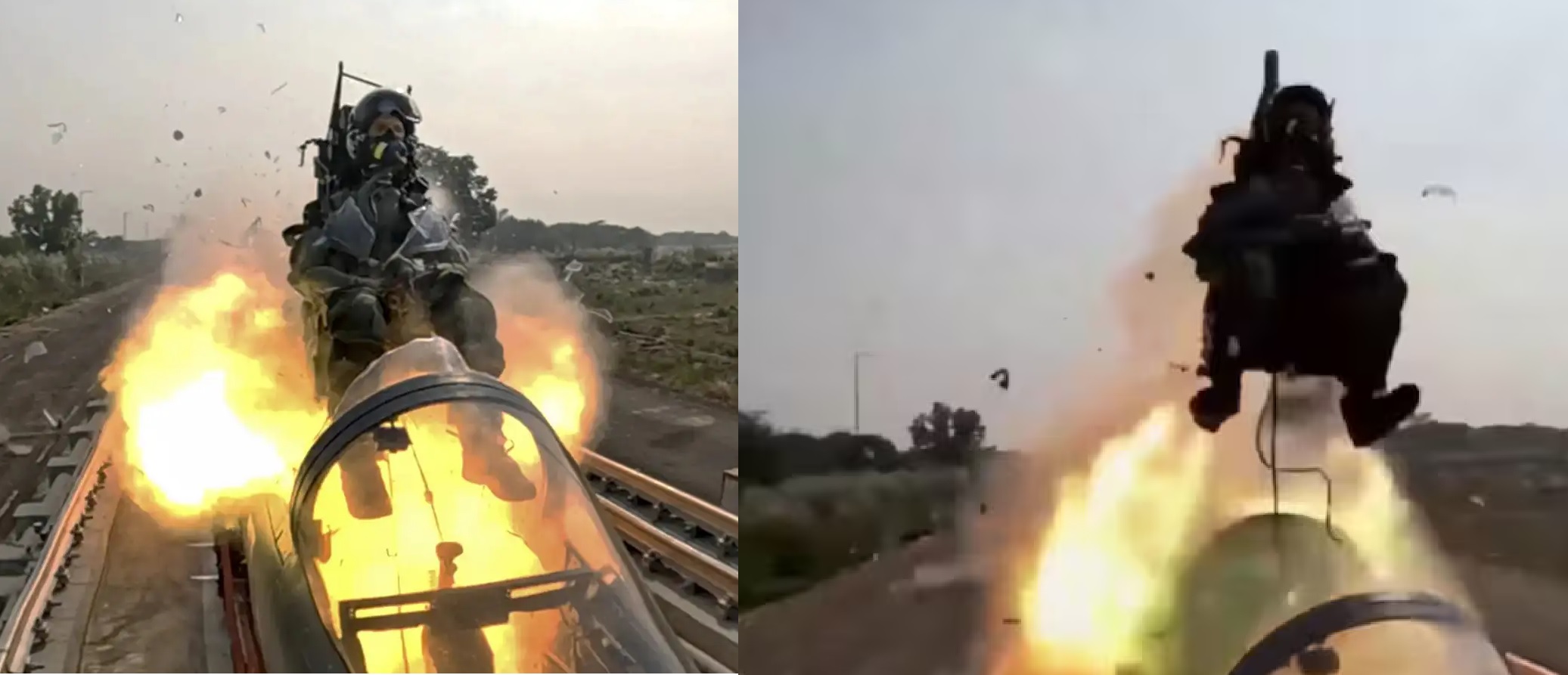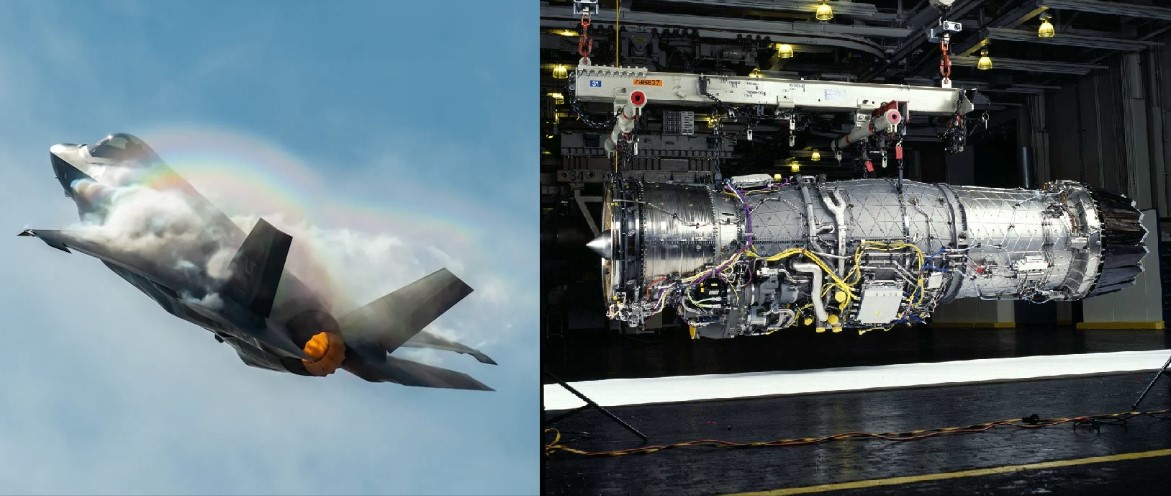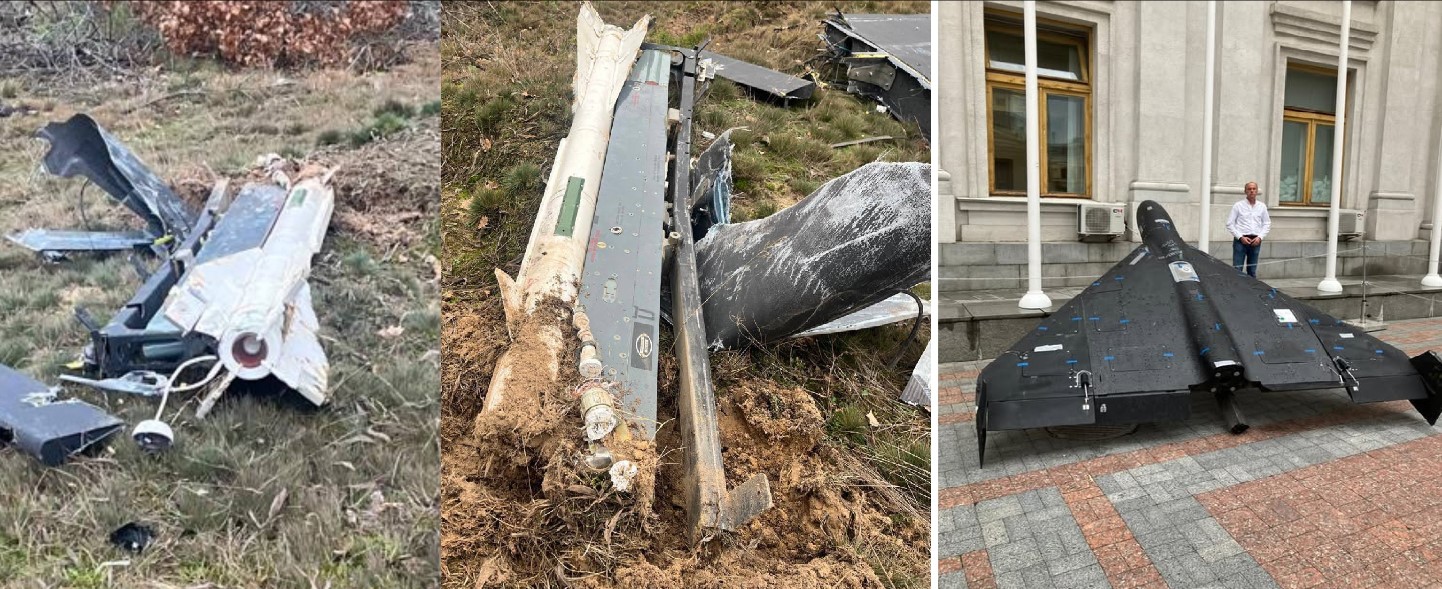DRDO Develops Electro-Optical Targeting System for AMCA, Boosting Stealth and Reducing Radar Signature

The Defence Research and Development Organisation (DRDO) is making significant strides in India's next-generation fighter aircraft, the Advanced Medium Combat Aircraft (AMCA). One of the most exciting developments in this ambitious project is the exploration of an Electro-Optical Targeting System (EOTS) to enhance the aircraft's stealth capabilities and reduce its radar cross-section (RCS). This move aligns the AMCA with global trends in fifth-generation fighter jets and promises to make it a formidable player in modern air warfare.
At the heart of this innovation is the Instruments Research & Development Establishment (IRDE), a key wing of the DRDO, tasked with developing this cutting-edge technology. The EOTS is expected to transform how the AMCA identifies and engages targets, offering a passive sensor solution that doesn't compromise the aircraft's invisibility to enemy radar. This feature is crucial for stealth operations, as it eliminates the need for active radar emissions, which can give away the aircraft's position.
The technology behind EOTS is not entirely new; it's already in use in advanced fighters like the American F-35 Lightning II and China's J-20. These systems use high-resolution infrared cameras to detect and track targets without revealing the aircraft's presence. Unlike conventional radar systems that emit detectable signals, the EOTS works passively, allowing the fighter to maintain a low profile in contested airspace. This stealth capability is a cornerstone of fifth-generation aircraft, where invisibility can mean the difference between success and failure in combat.
One of the most striking features of the EOTS being developed for the AMCA is its innovative design. The system is built around a conformal dome made from segmented sapphire windows, a material chosen for its strength and transparency in the infrared spectrum. These sapphire segments are carefully joined using advanced adhesives, creating a hermetically sealed chamber that protects the sensitive electro-optical components inside. The dome’s design minimizes aerodynamic drag and helps maintain the aircraft's low RCS, ensuring that the AMCA remains difficult to detect even at supersonic speeds.
The system is mounted on a two-axis gimbal, which allows for high-precision targeting and superior tracking capabilities. This setup enables the EOTS to capture high-resolution images of targets, improving the pilot's situational awareness in critical moments. The gimbal mechanism also provides operational resilience, allowing the system to function effectively even in high-speed, high-G environments.
Interestingly, not all fifth-generation fighters have embraced EOTS. While the F-35 and J-20 both feature this technology, Russia's Su-57 uses an Infrared Search and Track (IRST) system instead. IRST systems are effective at detecting infrared signatures, but they tend to have a larger RCS, which can compromise an aircraft's stealth profile. The decision to go with EOTS for the AMCA suggests that the DRDO is prioritizing stealth while still ensuring the aircraft has cutting-edge target acquisition and engagement capabilities.
The inclusion of EOTS also positions the AMCA closer to global benchmarks for fifth-generation aircraft. Initial AMCA models displayed at Aero India and other defense expos did not feature an EOTS, but this new development suggests that DRDO is considering its integration in future iterations. Whether EOTS will be included in the initial production models or reserved for later upgrades remains to be seen, but its potential addition could significantly elevate the AMCA's standing among its peers.
With the AMCA expected to play a pivotal role in India's defense strategy, the development of EOTS underscores DRDO's commitment to equipping the aircraft with the latest in stealth and targeting technology. By reducing the aircraft's RCS and enhancing its ability to engage targets without being detected, the EOTS could be a game-changer for the AMCA, making it one of the most advanced fighter jets in the world.
The journey towards a fully operational AMCA with EOTS integration is still ongoing, but this promising development signals that India is well on its way to fielding a stealth fighter capable of matching the world's best. As DRDO continues to push the boundaries of technology, the AMCA project stands as a testament to India's growing capabilities in defense innovation.
✍️ This article is written by the team of The Defense News.
